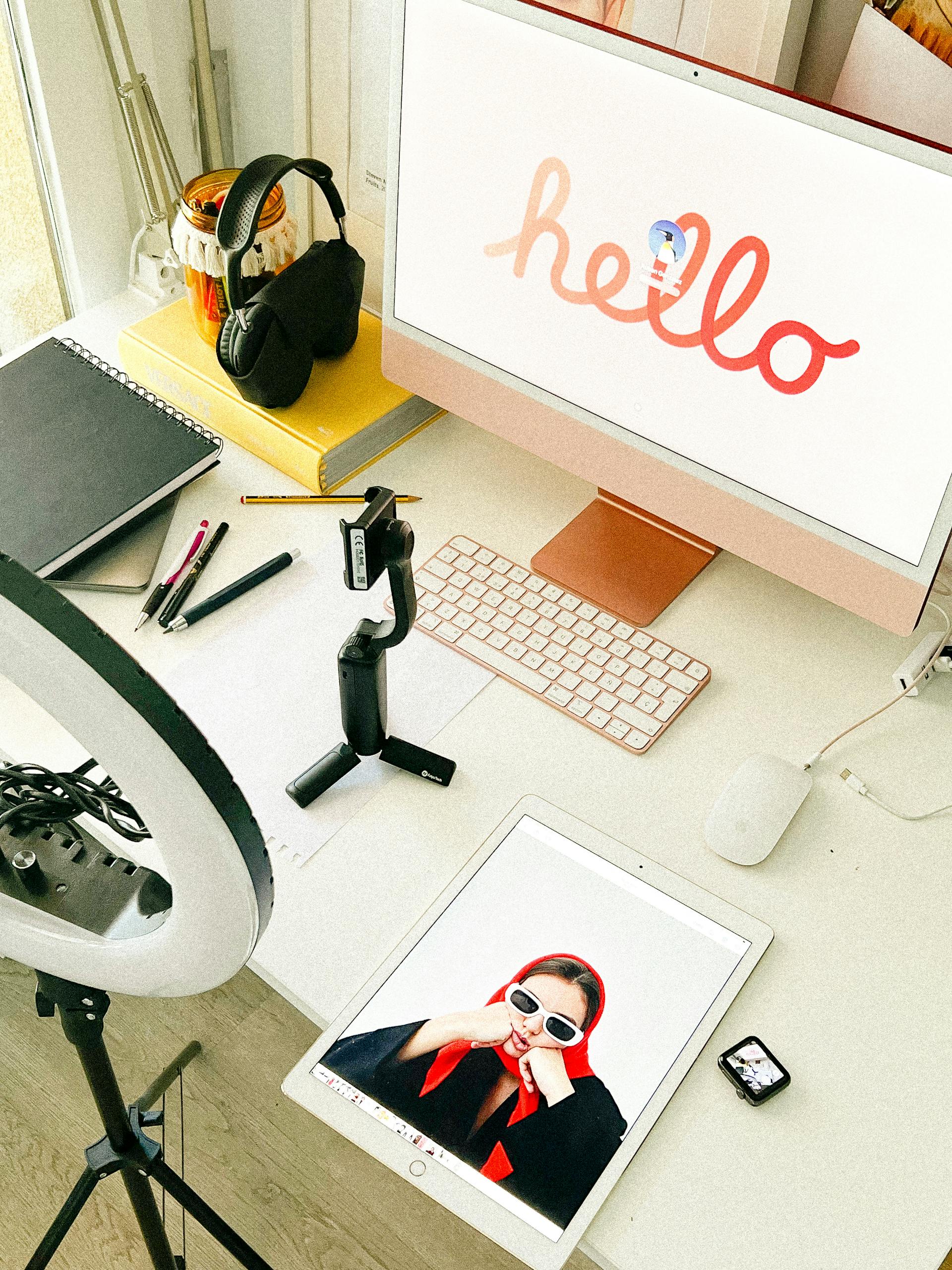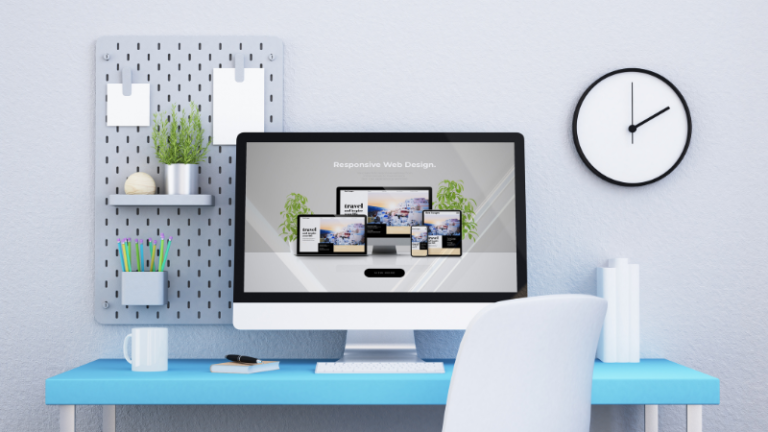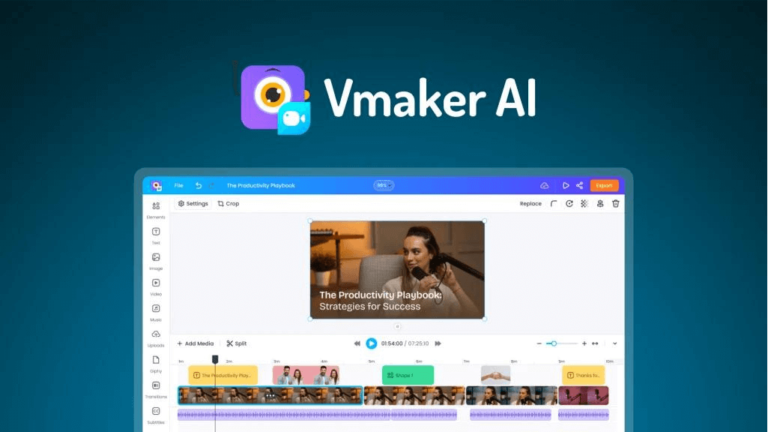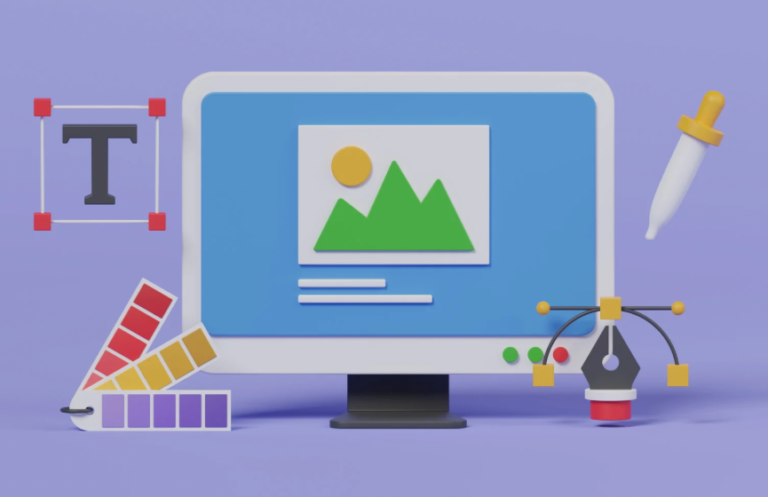Design Like a Pro: Top 23 Graphic Design Tools for Non-Designers
Graphic design can seem like a daunting field, especially for non-designers. However, with the right tools, anyone can create stunning visuals for personal or professional use. This blog will explore the top graphic design tools available for non-designers, answering key questions to help you navigate this exciting landscape.
What is graphic design, and why is it important for businesses?
Graphic design is the art of communicating ideas through visual content. It encompasses everything from logos and marketing materials to websites and social media posts. For businesses, effective graphic design is crucial as it helps establish a brand identity, conveys messages clearly, and engages audiences. In a visually driven world, having a strong design presence can differentiate a brand from its competitors.
Who are the non-designers interested in graphic design tools?
Non-designers include small business owners, marketers, educators, and anyone who needs to create visual content without formal training in design. These individuals often seek tools that allow them to produce high-quality graphics quickly and efficiently, whether for social media, presentations, or promotional materials.
What specific needs do non-designers have when it comes to graphic design?
Non-designers typically need user-friendly tools that don’t require extensive training. They seek features like templates, drag-and-drop functionality, and customizable assets. Additionally, non-designers often look for affordability and the ability to produce professional-looking results without extensive design knowledge.
What types of graphic design tools are available?
Graphic design tools can be categorized into several types, including:
- Software Applications: Full-featured programs like Adobe Photoshop and Illustrator.
- Online Platforms: Web-based tools such as Canva and Adobe Spark.
- Mobile Apps: Applications like Over and PicsArt for creating designs on the go.
How do different tools cater to various design tasks?
Different tools are suited for specific design tasks. For instance, photo editing software like Adobe Photoshop is ideal for image manipulation, while vector design tools like Illustrator are better for creating logos and illustrations. Online platforms often provide pre-made templates that simplify the design process for non-designers.
What features should non-designers look for in graphic design tools?
When selecting graphic design tools, non-designers should consider the following features:
- User-Friendly Interface: A simple and intuitive design makes it easier to create without a steep learning curve.
- Templates and Assets: Pre-designed templates and stock images can save time and inspire creativity.
- Collaboration Options: Tools that allow for easy sharing and feedback can enhance teamwork.
What are the top 23 graphic design tools for non-designers, and what are their main features?
Here are 23 top graphic design tools that non-designers can use:
- Canva: An online platform with thousands of templates for social media, presentations, and more.
- Adobe Express: A user-friendly tool for quick graphics, combining design features from Adobe’s suite.
- Piktochart: Excellent for creating infographics with customizable templates.
- Visme: A versatile platform for presentations, infographics, and reports.
- Figma: A collaborative design tool ideal for web and UI/UX projects.
- Gravit Designer: A free vector design tool with powerful features similar to Adobe Illustrator.
- Snappa: Focused on social media graphics, Snappa offers a variety of templates and stock photos.
- Over: A mobile app that allows users to add text and graphics to photos easily.
- Inkscape: A free, open-source vector graphics editor that’s a great alternative to Illustrator.
- Affinity Designer: A cost-effective professional-grade vector graphics tool.
- GIMP: A free photo editing software with features similar to Photoshop.
- Crello: Like Canva, Crello offers templates for social media, animations, and print materials.
- Pixlr: A web-based photo editor with a simple interface for quick edits.
- Vistaprint: Offers design tools for business cards and promotional materials, with printing services.
- Placeit: Allows users to create mockups, logos, and designs with ease.
- Designhill: A design marketplace offering logo design and branding services.
- Visage: An easy-to-use online tool for creating visuals for social media.
- Befunky: A photo editor and graphic design tool with collage-making capabilities.
- Stencil: A graphic design tool focusing on social media images with an extensive stock photo library.
- Artboard Studio: A mockup design tool that helps visualize products in various settings.
- RelayThat: Streamlines the design process for branding and marketing materials.
- Zyro: An AI-powered tool that assists in creating logos and websites.
- Sketch: Primarily for UI/UX design, Sketch is favored for its vector editing capabilities.
How do these tools compare in terms of cost, ease of use, and functionality?
Most of these tools offer free versions or trials, making them accessible to non-designers. While some tools like Canva and Adobe Express are free with premium features available for purchase, others, like Adobe Illustrator, require a subscription. Ease of use varies; platforms like Canva and Snappa prioritize simplicity, while tools like GIMP and Affinity Designer may have steeper learning curves but offer advanced features.
What resources are available for non-designers to learn graphic design fundamentals?
Numerous resources are available for non-designers looking to learn graphic design:
- Online Courses: Platforms like Coursera, Udemy, and Skillshare offer courses tailored to beginners.
- YouTube Tutorials: Many channels provide free tutorials on using specific tools and design principles.
- Blogs and E-books: Websites dedicated to design often have articles and downloadable guides on best practices.
How can non-designers improve their design skills using these tools?
Non-designers can improve their skills by:
- Experimenting: Regularly using design tools to create different types of projects helps build confidence.
- Studying Design: Analyzing well-designed materials can inspire and inform one’s own designs.
- Seeking Feedback: Sharing designs with friends or online communities can provide constructive criticism.
What are some common projects non-designers might undertake?
Non-designers often tackle various projects, including:
- Social Media Posts: Creating eye-catching graphics for platforms like Instagram and Facebook.
- Marketing Materials: Designing flyers, brochures, and email newsletters.
- Personal Projects: Making invitations, posters, or graphics for blogs and websites.
What are the current trends in graphic design that non-designers should be aware of?
Staying updated with graphic design trends is essential for creating relevant content. Current trends include:
- Minimalism: Simple, clean designs with a focus on essential elements.
- Bold Typography: Using large, attention-grabbing fonts to convey messages.
- Vibrant Colors: Bright color palettes that stand out and engage viewers.
- Illustration: Custom illustrations adding a personal touch to designs.
How do design trends influence the choice of tools?
Design trends can influence which tools are favored. For instance, if minimalism is popular, tools with easy-to-use grid systems and ample whitespace might gain traction. Additionally, tools that provide modern templates aligned with current aesthetics are more likely to appeal to non-designers looking to stay trendy.
What common challenges do non-designers face when using graphic design tools?
Non-designers often encounter challenges such as:
- Creative Blocks: Difficulty generating ideas or inspiration can hinder progress.
- Overwhelm with Features: Many tools have extensive features that can be daunting to navigate.
- Time Constraints: Balancing design tasks with other responsibilities can make it hard to focus.
How can non-designers overcome creative blocks when working on design projects?
To overcome creative blocks, non-designers can:
- Take Breaks: Stepping away from the project can provide fresh perspectives.
- Look for Inspiration: Browsing design websites or social media can spark ideas.
- Collaborate: Working with others can bring new insights and creativity to the project.
What are some tips for achieving professional-looking designs without prior experience?
Here are some tips for non-designers to create professional-quality designs:
- Start with Templates: Utilize templates as a foundation and customize them to suit your needs.
- Limit Fonts and Colors: Stick to a few fonts and a cohesive color palette to maintain consistency.
- Seek Feedback: Don’t hesitate to ask for opinions from peers or online communities.
How can non-designers gather feedback on their designs?
Gathering feedback can be done through:
- Social Media: Sharing designs on platforms like Instagram or Facebook to receive comments.
- Design Communities: Participating in forums or groups dedicated to design can provide valuable insights.
- Peer Review: Asking friends or colleagues for their thoughts can lead to constructive criticism.
What is the importance of iteration and revisions in the design process?
Iteration and revisions are crucial in design, as they allow non-designers to refine their work based on feedback and personal insights. This process leads to more polished and effective designs. It’s essential to view design as a continual process rather than a one-time task.
How can design tools facilitate collaboration among teams of non-designers?
Many modern design tools offer collaboration features, such as:
- Real-Time Editing: Tools like Figma allow multiple users to work on a design simultaneously.
- Commenting Systems: Platforms like Canva enable team members to leave comments directly on designs, fostering communication.
- Version Control: Some tools track changes, allowing teams to revert to previous versions if needed.
Conclusion
With a wide array of graphic design tools available, non-designers can confidently embark on their design journey. By understanding the fundamental concepts, leveraging the right tools, and continually improving their skills, anyone can create professional-quality designs. Whether for business or personal projects, the right approach can make all the difference. So dive in, experiment, and watch your design skills grow!
This blog incorporates the structured questions from the taxonomy and provides a comprehensive overview of graphic design tools tailored for non-designers.





